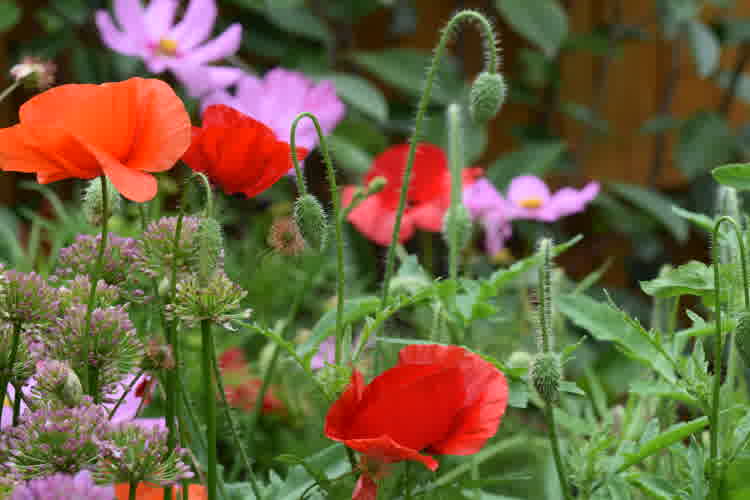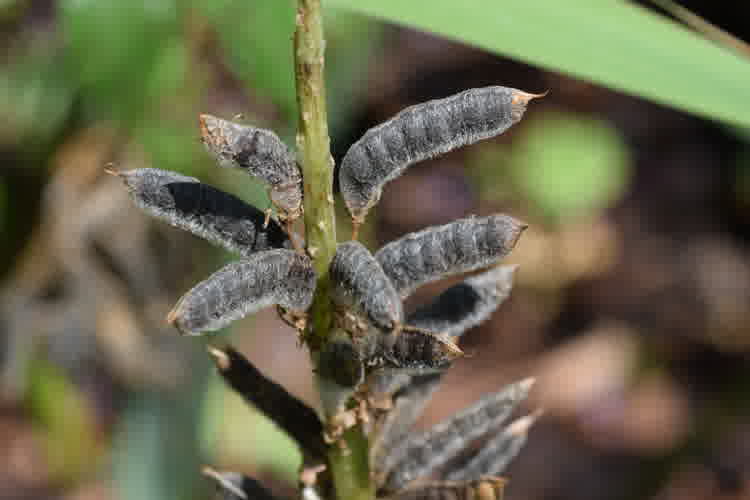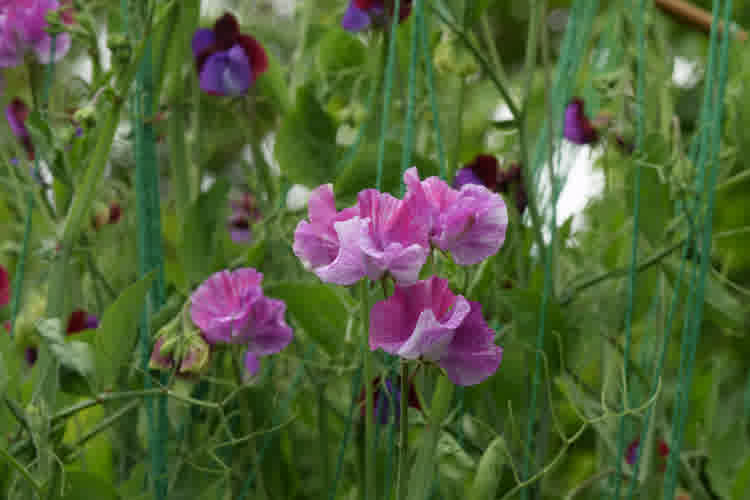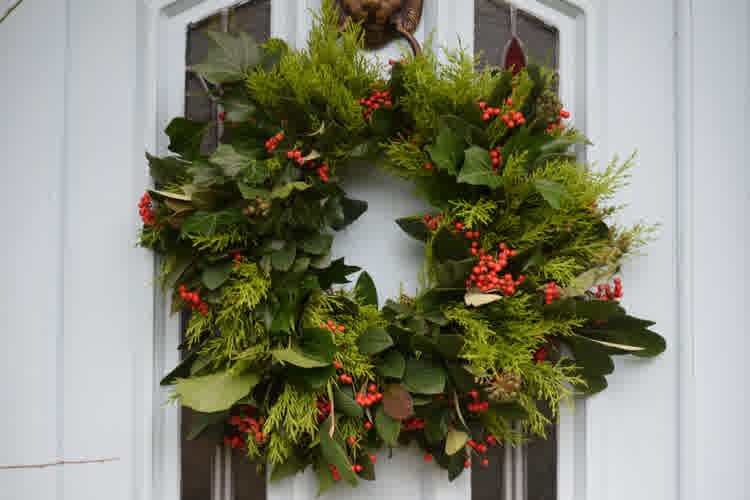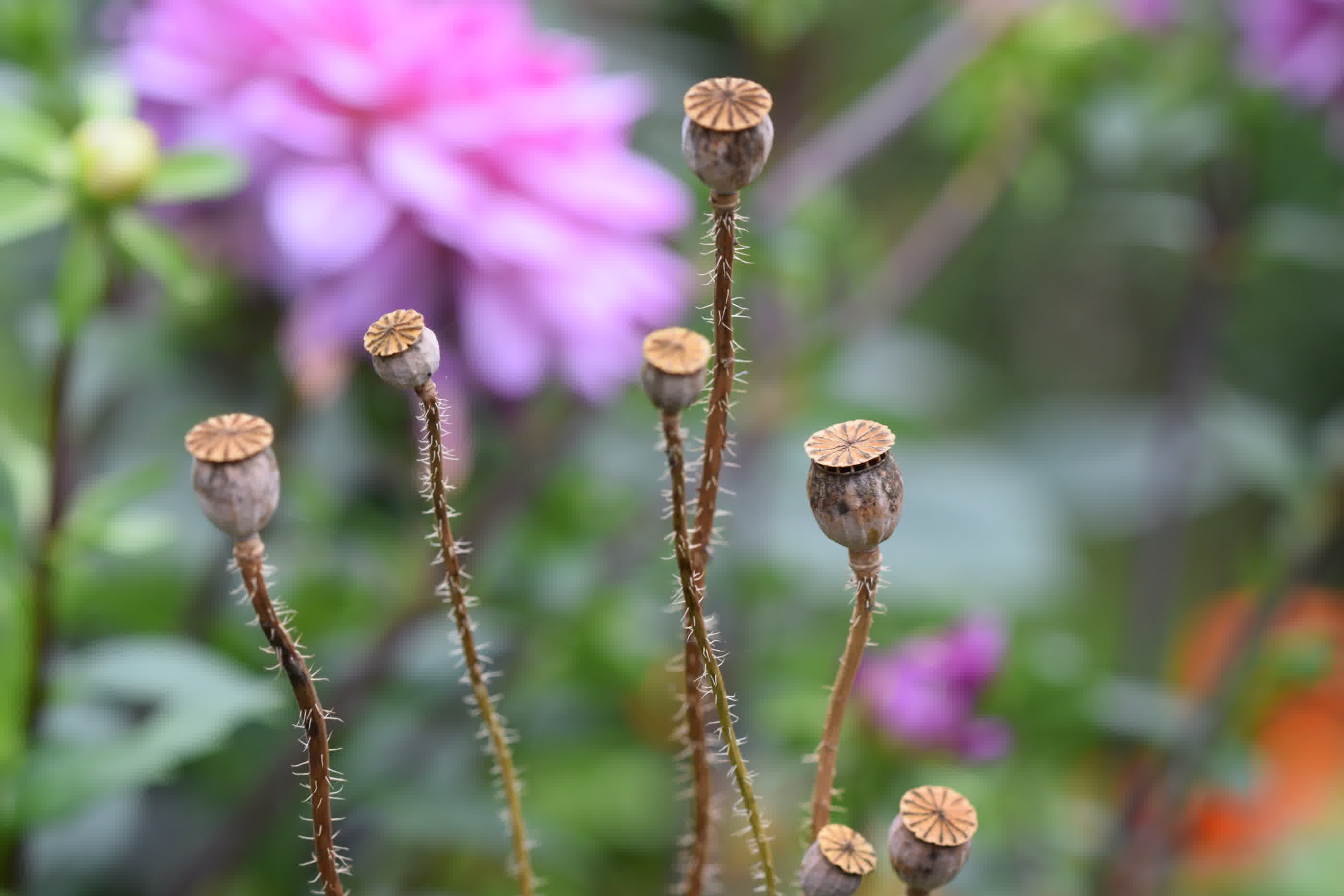
Collecting Poppy Seeds
Collecting poppy seeds is a fun and straightforward process. In this blog post, I'll detail the when and how of gathering poppy seeds, including storage techniques to ensure they stay viable for future sowing.
What are Poppies?
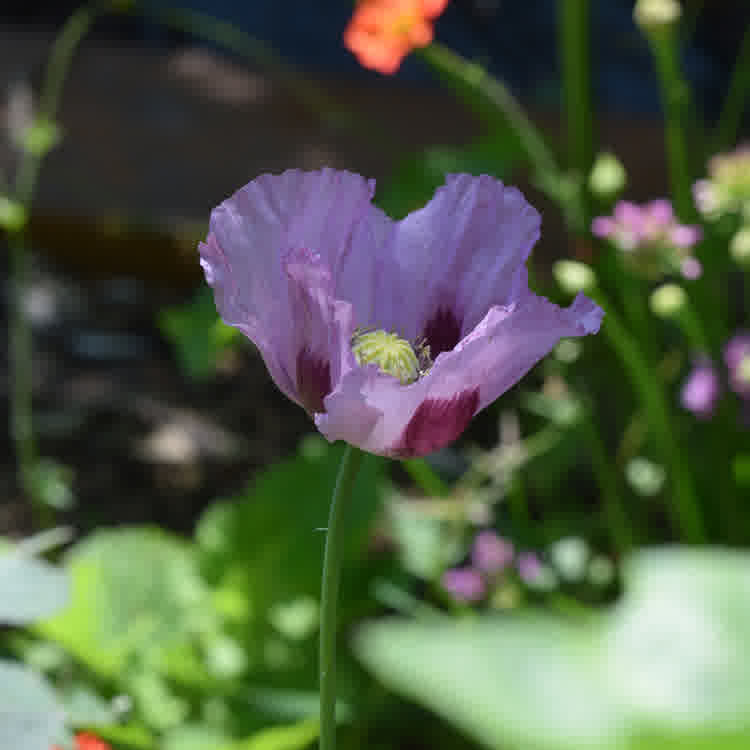
Let's face it. You'd likely struggle to find someone unfamiliar with the poppy.
However, that said. Some people may be unfamiliar with the wide range of poppies, such as the Himalayan blue poppy (Meconopsis) or uncommon Californian poppy varieties.
Poppies are a beautiful addition to the garden. They are fantastic at enticing bees and other pollinators while providing stunning visuals.
Some are annuals, while others are short-lived perennials. Check out our page if you'd like to know more about poppies.
When to collect the seeds?
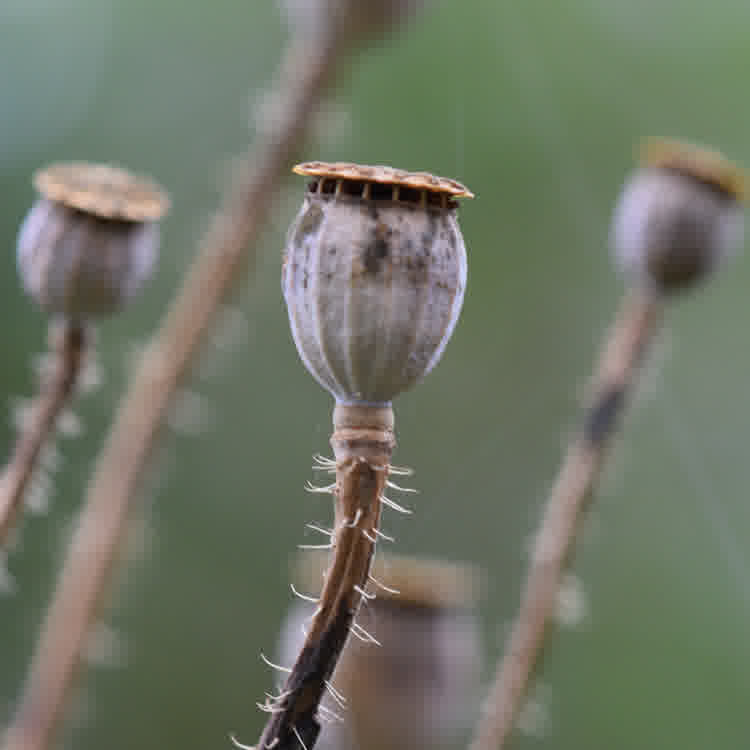
Poppy seeds are ready for collection once the seed pod has dried and turned brown, as pictured.
There are usually small gaps between the cap and body of the seed pod, also visible in the accompanying image.
If you lightly shake the pod, you should also be able to hear the seeds rattling inside.
This maturing of the seed pod usually takes at least two months after flowering but can vary. Therefore, it is more reliable to judge when the seeds are ready to collect based on appearance, as opposed to a set period of time.
How to Collect the Seeds?
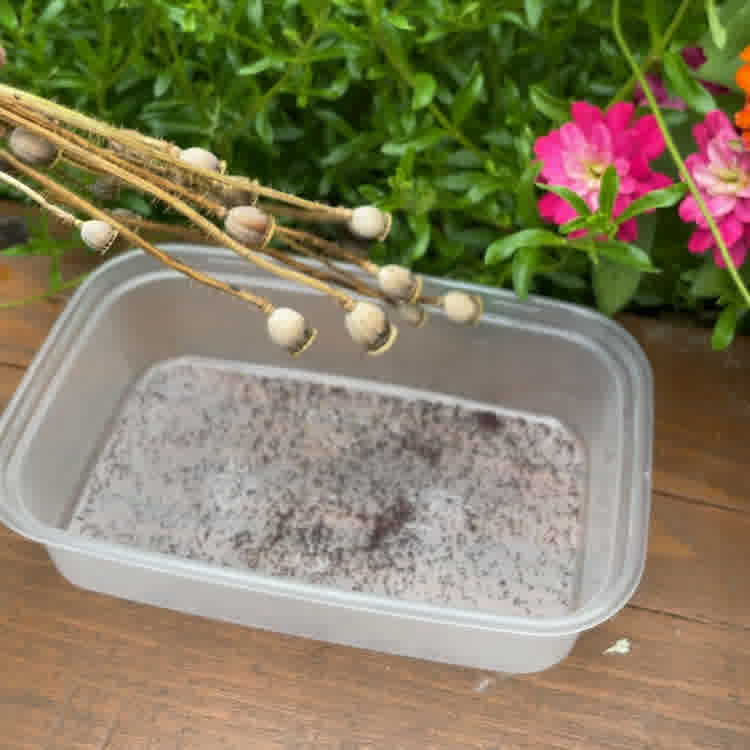
The naturally occurring gaps between the cap and body of the seed pod make collecting poppy seeds incredibly straightforward.
Start by gathering the seed pods. Cut the pods from the plant, keeping a few inches of the stem, making it easier to handle, leaving the pods intact.
Once you have gathered your pods, turn them upside down into a container, allowing the seeds to flow out. Some may require a little persuasion, such as shaking the pods or lightly crushing the pods with your fingers. However, no additional tools will be necessary.
There are numerous seeds inside a poppy pod. Larger varieties, such as the opium poppy, can contain a few hundred.
Poppies are excellent self-seeders. Therefore, you may find some older pods have fewer seeds, which have been naturally dispersed.
How to Store?
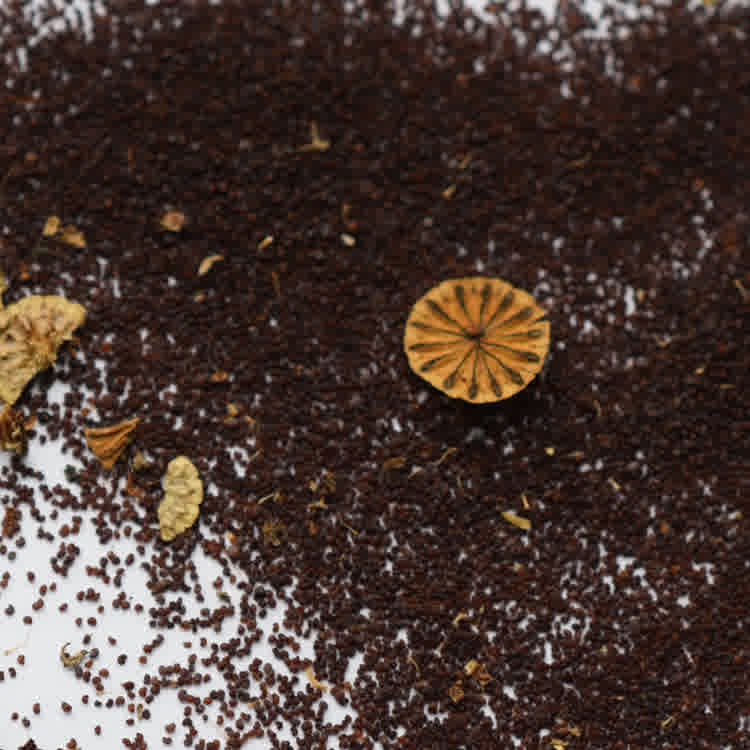
Once you've taken the time to collect your poppy seeds, the last thing you'll want is for them to spoil. Therefore, a little care and attention now will save you from disappointment when it comes time to sow them.
Thankfully, just like collecting, storing poppy seeds is a straightforward process.
Start by removing debris from the seeds, such as chaff, insects, or other containments.
Once done, the seeds need to be dried, which helps prevent mould growth. Put the seeds into a container without a lid and place on a windowsill. I would leave them to dry for a couple of weeks to be on the safe side.
If planning to sow the seeds next year, place them into paper bags and store them in a cool, dry place.
You can, however, place your seeds into an air-tight container, such as a glass jar with a lid. Just ensure the seeds are completely dry. The seeds are capable of lasting many years in air-tight containers.
Another method, which has become somewhat popular recently, is to freeze them. That's right, you can freeze poppy seeds! This method involves placing poppy seeds into ice block trays and filling them with water. Place these trays into the freezer for later use. Individual ice blocks can be sown directly in place when needed. There's no need to defrost or dry the seeds.
Given poppies produce a wealth of seeds, you can always try more than one method and see which works best for you.
Summary
And now you know how to collect and store your poppy seeds.
Most poppies are fast and easy growers, so collecting your seeds is a great way to save money and grow these beauties around your garden.
I created a video of me collecting poppy seeds from the garden, which I'll be sowing next spring.
If you're interested in learning more about seed collection, be sure to check out this comprehensive article which delves into the practice of seed collection.
